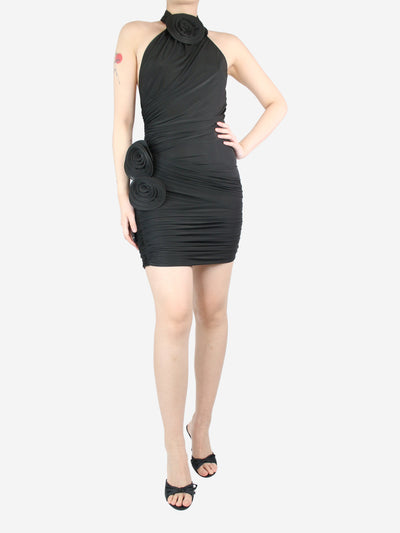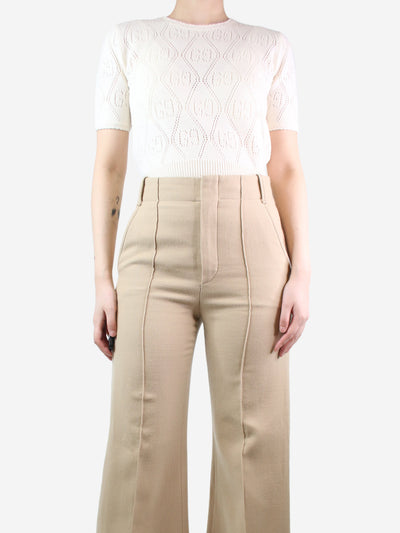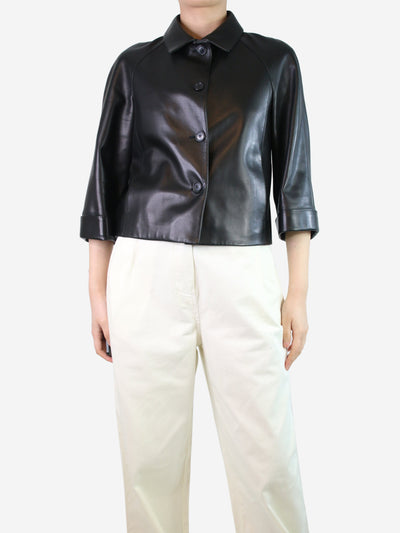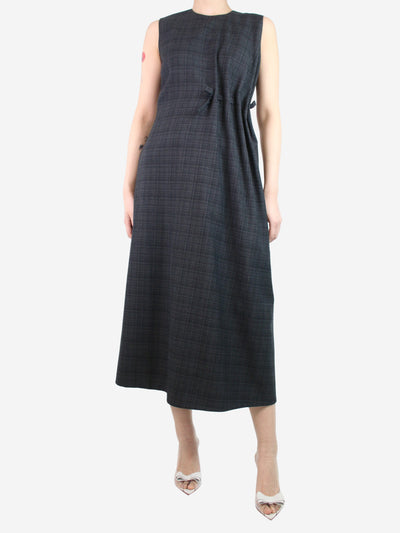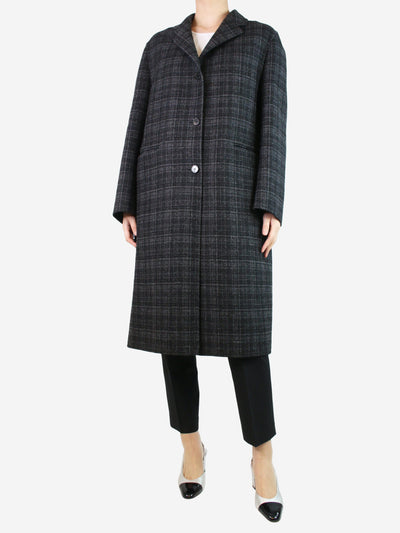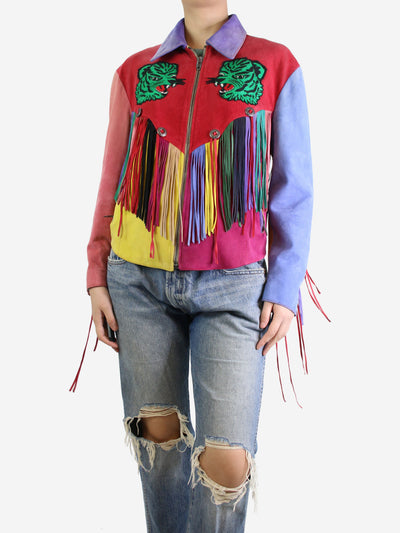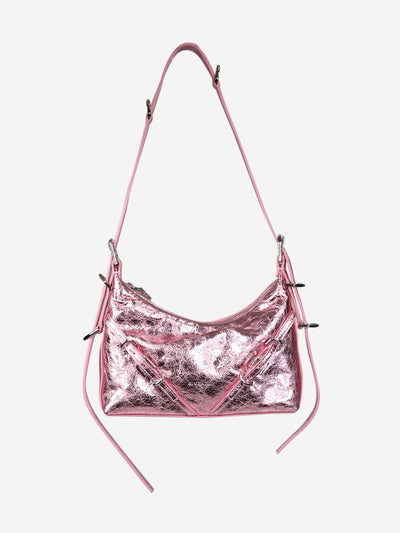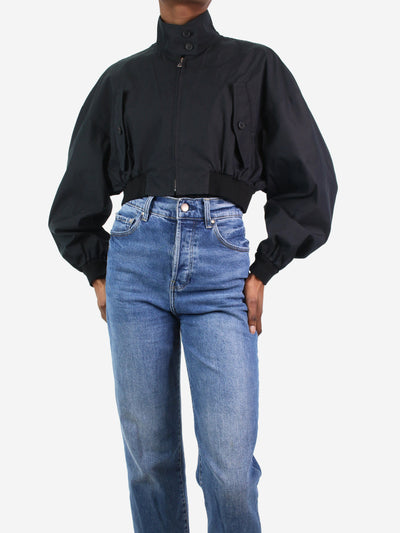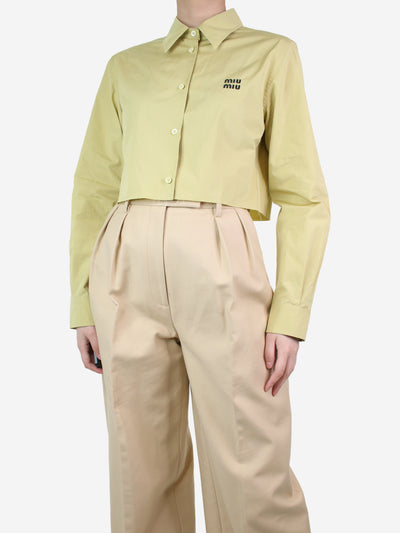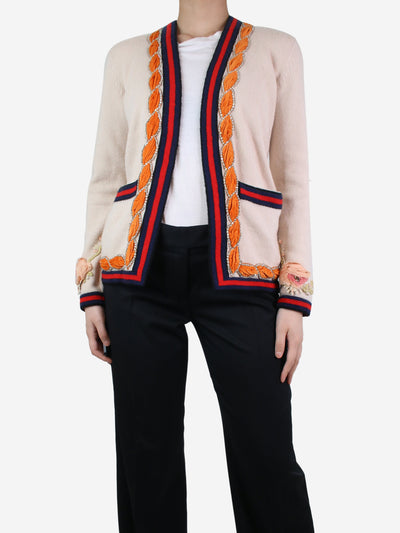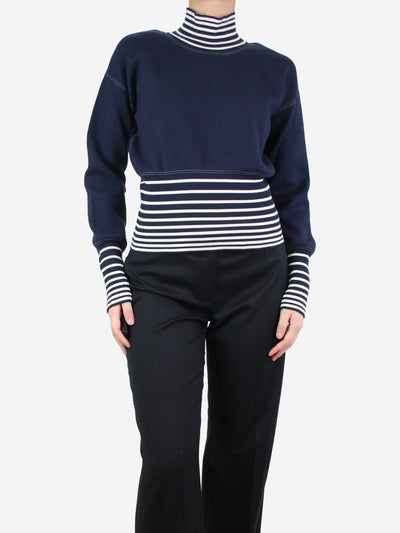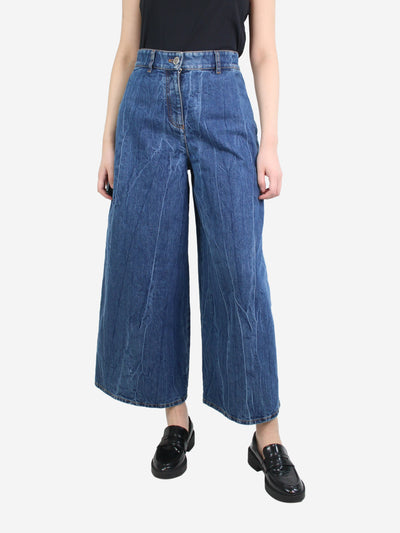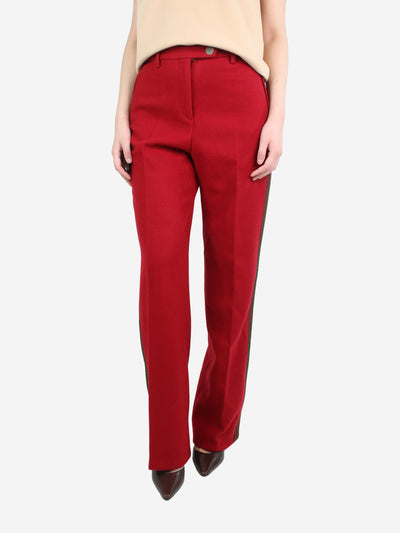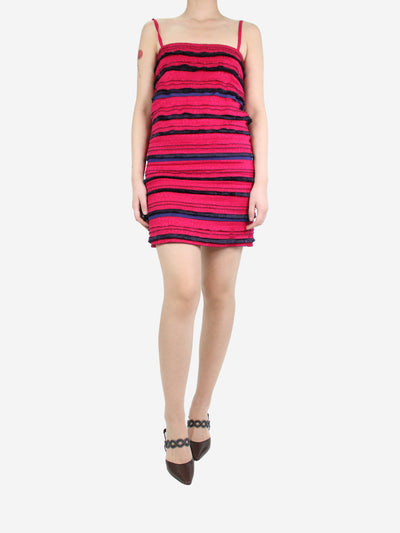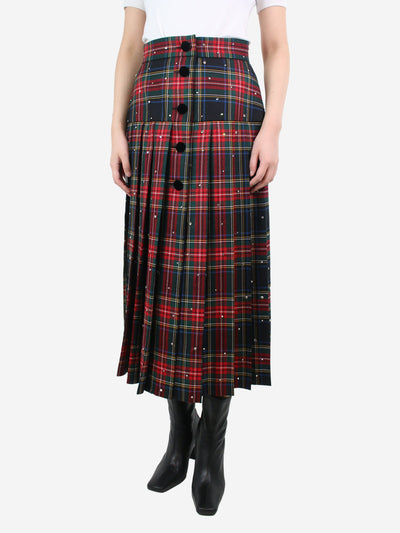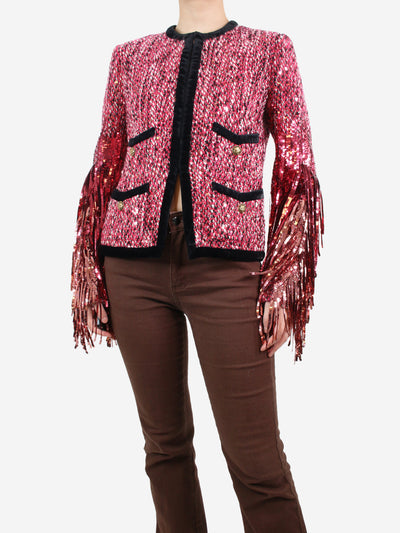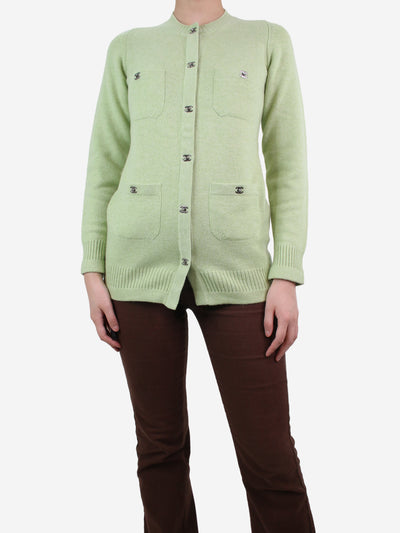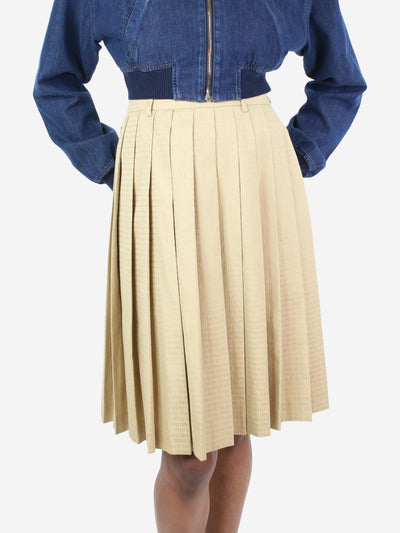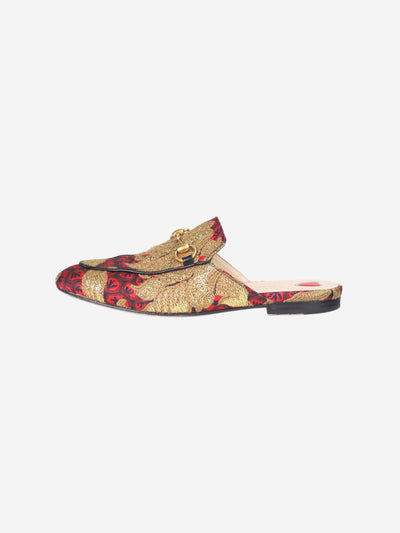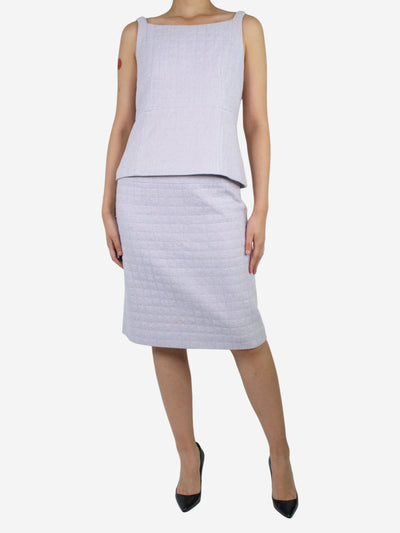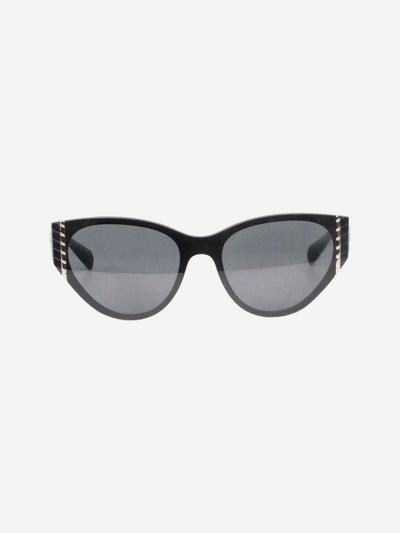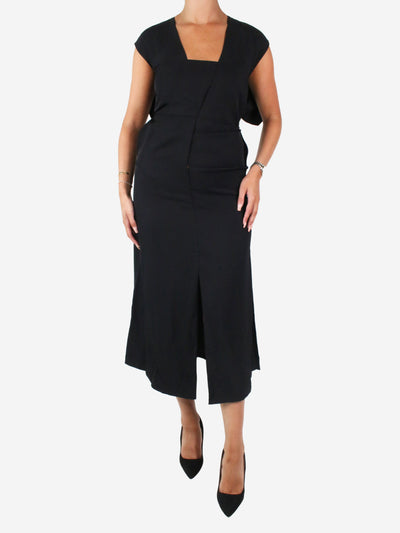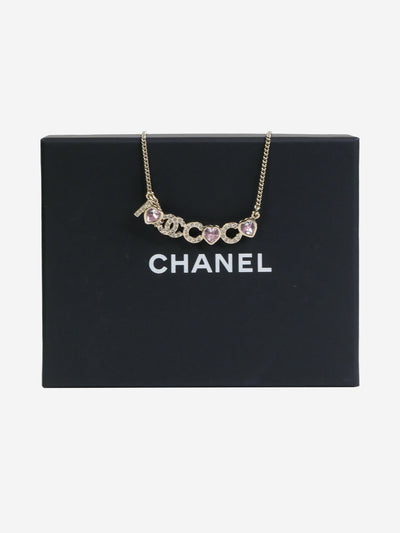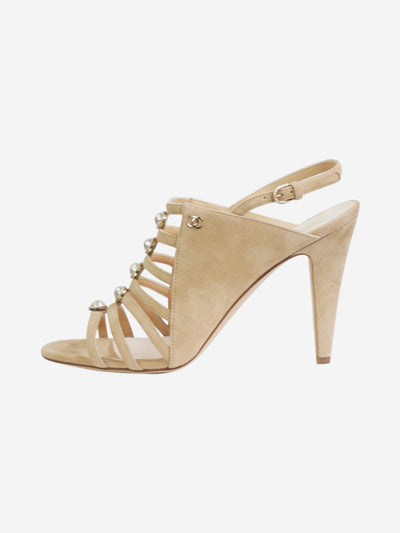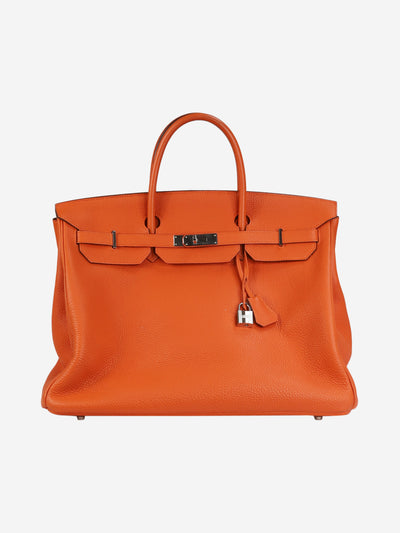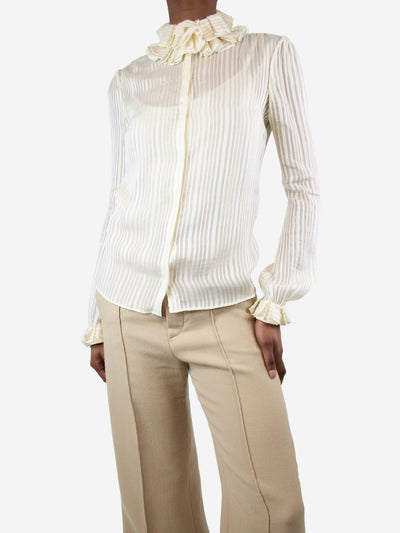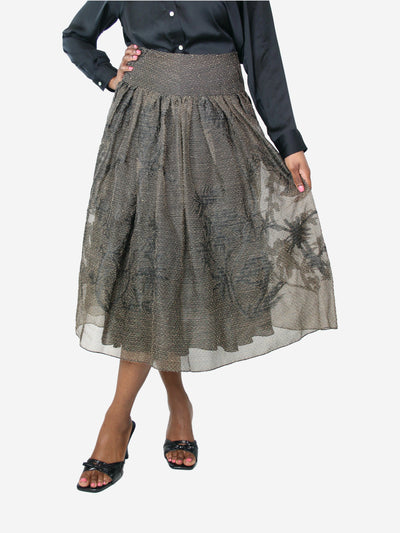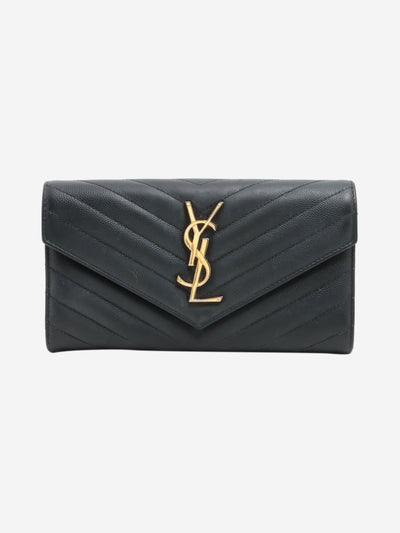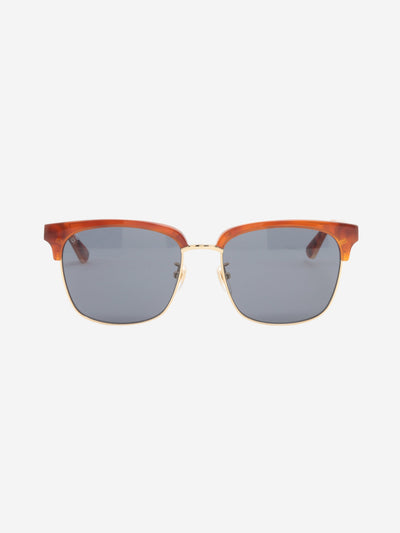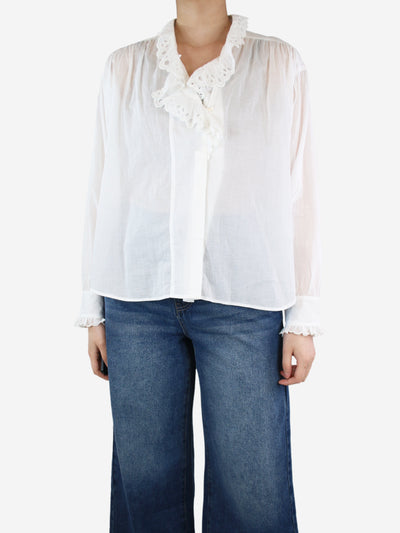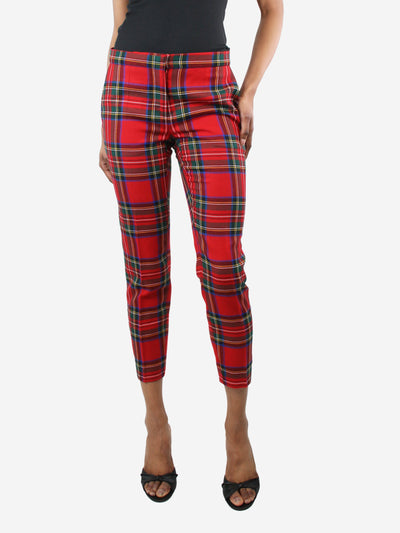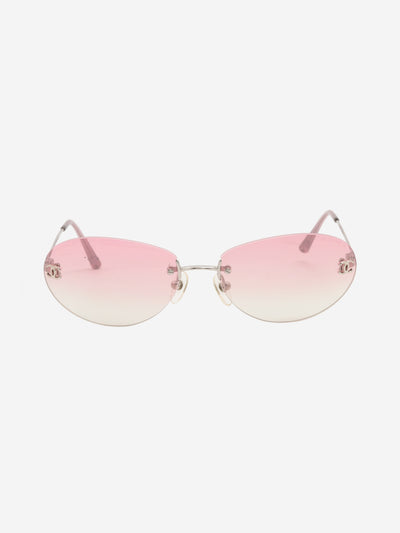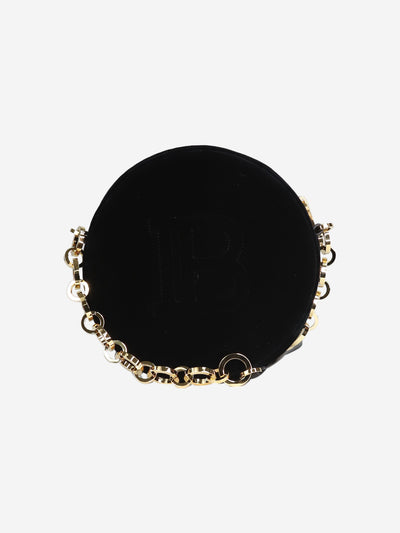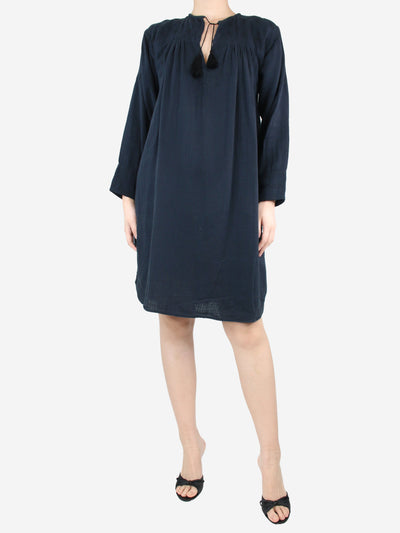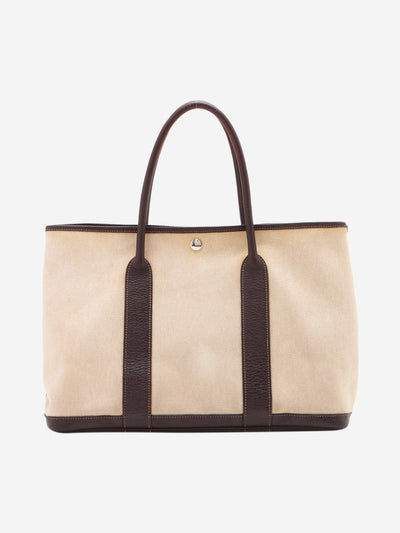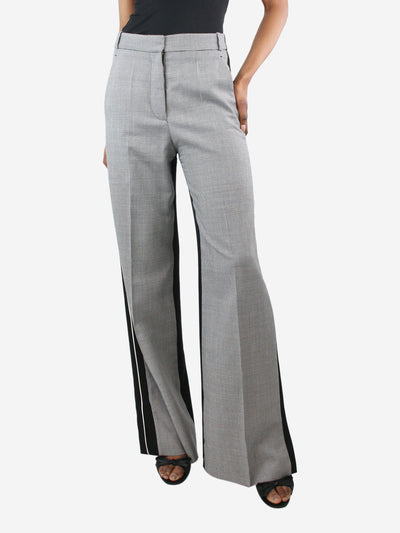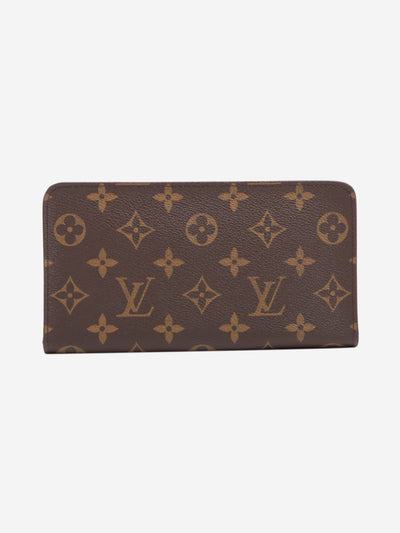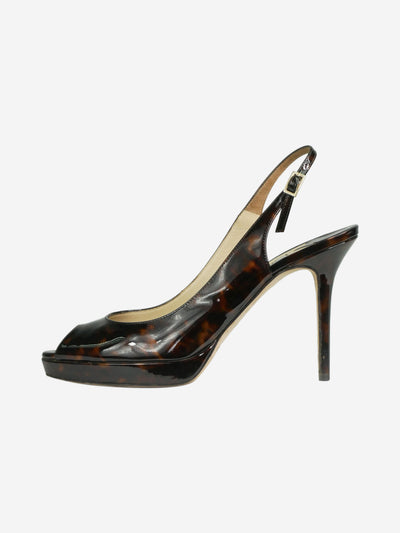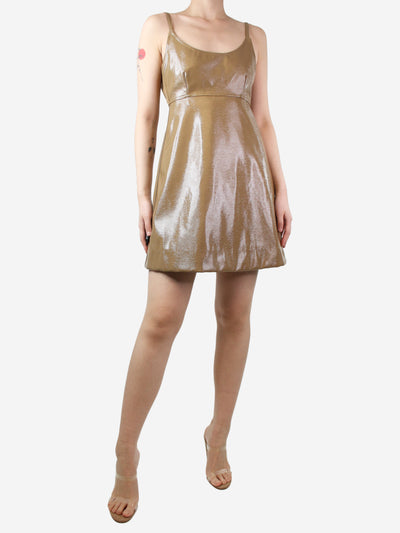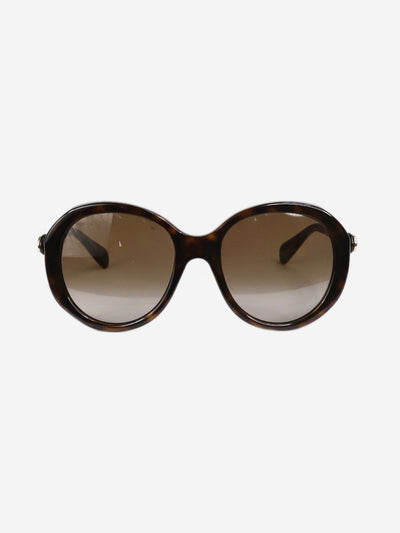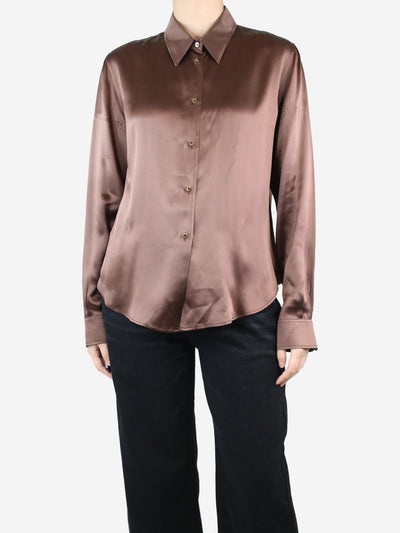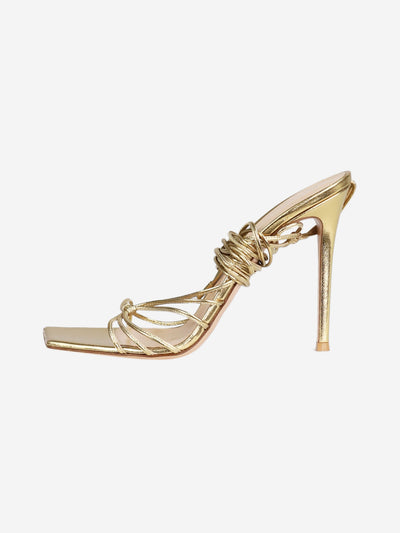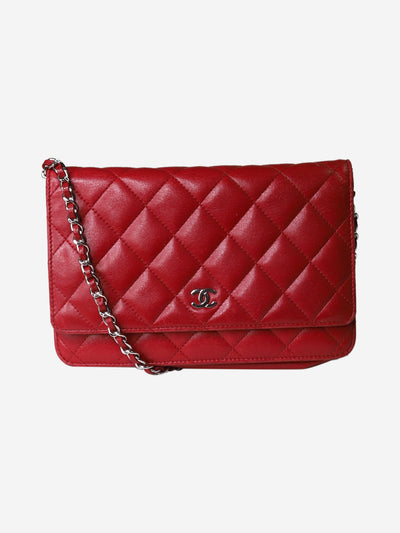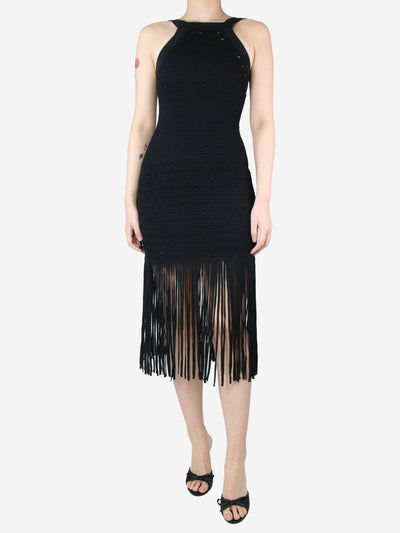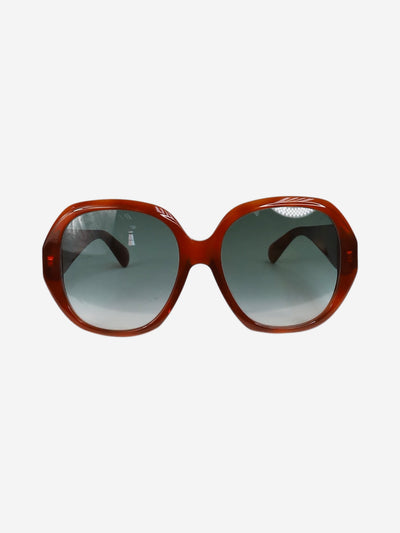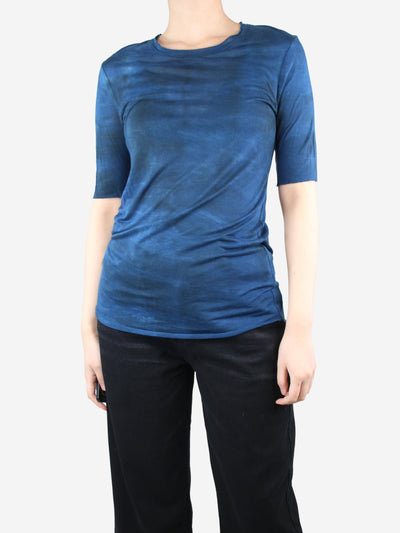6 Easy Ways to Start Shopping More Sustainably
Posted on
How can we shop more sustainably without compromising our love for fashion? It starts with conscious consumerism. Between throw-away culture and the burning desire to stay on top of the latest trends, consumers are just as responsible as the brands they buy from when it comes to contributing to the climate-crisis, of which the fashion industry is culpable for 10% of the world's carbon emissions.
So, instead of giving up something for your new year's resolution, why not take up sustainable shopping habits? Here are six easy ways you can become a conscious consumer and look good – scratch that – fabulous doing it.
1. Shop second, first
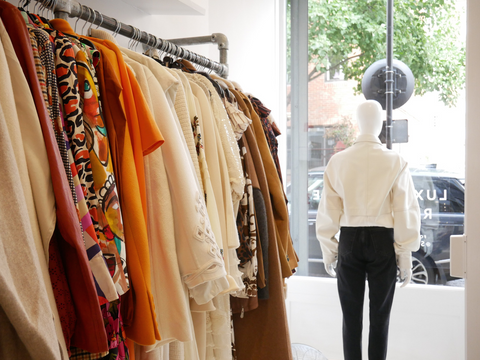
Why shop secondhand?
1 truck-full of clothing waste is landfilled and burnt every second in the UK alone, producing an enormous volume of carbon emissions. How can we help mitigate the 92 million tonnes of waste generated by the fashion industry each year? Shopping second, first. The circulation of clothing prevents the planet-negative impact of always buying new, not to mention the gallons of water saved. At Sign of the Times, we saved 650,000 baths of water with every preloved purchase our Signers made in 2022. Check out our blog on why shopping second hand is sustainable here.
Where to shop secondhand?
Thanks to the resale market boom, the opportunities to shop for secondhand fashion are boundless. Take your pick from thrift stores, charity shops, luxury resellers and secondhand online shops like eBay, Vinted or Farfetch. Even designer brands like Ganni, Balenciaga and Alexander McQueen have introduced Resale as a Service. Be it on a budget or not, vintage or current season, menswear or womenswear: All your needs are covered.
The future of fashion is circular, and shopping secondhand is the easiest way to carry your weight and help the planet. From the comfort of your home – from your bed, even – start shopping wear-forever, preloved luxury with Sign of the Times. Ever heard of the saying ‘One man’s trash is another man’s treasure’?. We couldn’t agree more. Just take a look at our collection of new in second hand designer clothes, handbags, shoes and accessories on our online shop, or visit us at our store in London.
2. Curb the urge to impulse buy

Consumers purchase 60% more clothes than they did in 2000, of which at least half are bound to be impulse driven. Yet, how can we blame them when ultra-fast fashion brands (Shein, we’re looking at you) churn out an extortionate number of new garments daily. With exposure to constant newness, comes an accelerated conception of ‘old’. Today, 1 in 3 women in the UK deem an item of clothing old after just 2-3 uses. This incessant need for something new has sowed the seeds of over-consumption and throw-away culture.
I’d be kidding myself not to admit it… the not-so-good ol’ urge to impulse buy is my achilles heel, even when I’m shopping secondhand. That being said, I’m well aware that curbing the urge to impulse buy is easier said than done, so here are 3 Sign of the Times-approved strategies I’ve taken up that will help you be more mindful before making a purchase.
1. Create a Budget
Revise your budget. Allocate a fixed number for how much you're willing to spend on new clothes a month, but be realistic. Once you’ve established a budget, proportionally lower it by an eighth, or more, if you’re looking for a challenge. With a lower budget than you’re accustomed to, there’s less room for error. You’re more inclined to purchase items you actually need and will love year after year.
2. Write a List
Evaluate your wardrobe. Make a list of the items that you wear regularly: at least once every week. Off the top of your head, jot down the items that are missing in that list. Decide on a limited number of items that are a firm ‘yes, I need this in my wardrobe’. Instead of mindlessly browsing through products, you're going to target your search based on the articles that are missing. This will help you stay focused on purchasing what you actually need.
3. Questions to ask yourself
You’ve come across an item that peaks interest. Stop. Ask yourself these questions:
- Can I style this item 7 ways with the clothes that I wear on rotation every week?
- Does the item fit within my budget, whilst leaving room for me to purchase my other ‘needs’?
- Versatility is key, so are there more than 3 scenarios that I might wear this? i.e. To a party, to work, day-to-day?
- If I set myself the goal to wear the item at least 30 times year-to-date, do I think I can do it?
- How long have I wanted this item for: Is it recent or has it been on my mind for a while?
Sustainable shopping is void of impulse, so think before you buy and shop slowly.
3. Buy Less, Buy Better

Make investing in quality not quantity your mantra. Rachel Arthur, co-founder of FashMash said it as it is: “Buying less is full stop the most comprehensive route to getting us where we need to be’. Instead of spending the same amount on 20 poor quality articles of clothing that you’ll probably end up discarding, you’re better off opting for 5 quality items that you know you’ll love today and forever.
Investing in secondhand luxury is a great option for accessing your favourite designer brands for less. At Sign of the times, you can access preloved Chanel, Louis Vuitton, Stella McCartney, Bottega Veneta, Prada and more for up to 90% off retail price. These brands design well-made items with quality materials that’ll stay in good condition after many, many wears. Long-lasting, timelessly designed and good quality pieces will work hard in your wardrobe – they’re the lifeline to extending the life-cycle of goods and, thus, reducing textile waste.
Check out our edit of our favourite preloved and vintage designer bags, clothes and shoes that are worth the investment here. What’s great is that you can also sell these items secondhand for more, especially preloved designer handbags. Check out our article on the best investment bags to buy in 2023 here.
4. Sell Before You Buy

We globally dispose of an estimated £370 billion worth of clothes that could be re-worn each year. So, why not kick off the new year with a wardrobe refresh. Instead of leaving unused items sitting at the back of your wardrobe or discarding of them unsustainably, donate them to charity shops or sell them secondhand.
Buying new feels guilt-free when you start circulating the clothes you no longer wear, keeping your wardrobe fresh, sustainable and organized. Better yet, the more you sell, the more – within moderation, of course – you can buy. Let that be your source of motivation!
Wondering where to sell your secondhand designer clothes online and in the UK? At Sign of the Times, we handle everything from start to sale, taking the hassle out of resale. We offer a comprehensive selling service for the busy cosmopolitan woman, who simply doesn't have the time to go through the faff of listing her high-value items.
To help you get started, we're offering £100 credit to spend online or in-store when you consign £1000 worth of your preloved items with us this January. Detox your wardrobe, earn store credit AND promote a circular economy... sounds like a pretty good new years resolution to us. Sell second hand designer clothes, handbags and more in the UK and online here.
5. Build a Capsule Wardrobe


Post wardrobe clear-out, it’s time to start building a unique-to-you capsule wardrobe that is versatile and timeless.
What does a capsule item look like? Simple, refined and can be worn time and time again. Core capsule pieces are the basics: tops, trousers, sweaters, every-day dresses and coats. They are versatile and interchangeable into many different outfits. The key is to keep the colours neutral and silhouettes simple, but this doesn’t mean boring. Capsule pieces are something that can be reimagined to fit your personal style season after season. Something that you build upon; the foundation of your closet.
With the perfect capsule wardrobe, any new add-ons should integrate seamlessly with your core pieces, even as your personal style evolves or changes. Ultimately, your output of waste is minimized as you're not having to constantly change up your wardrobe to fit new trends and styles.
You probably already have a capsule wardrobe without evening knowing. Remember that list of the items you wear on rotation every week? Those are your core capsule pieces, so make sure they are items that fit perfectly, are of good quality and stay relevant as trends come and go. Building upon these pieces is where your personal style comes in. You might accessorize with a daring designer handbag or statement shoes that set your style apart.


Here are the Sign of the Times-approved best designer brands and their capsule wardrobe-worthy pieces to invest in second hand:
- Winter Coats: Max Mara, Moncler
- Trench Coats: Burberry
- Cashmere Knitwear: Brunello Cucinelli, Isabel Marant, Toteme
- Shoes: Chanel (ballet flats, leather boots), Gucci (loafers), Alexander McQueen & Hogan (trainers)
- Suiting & Women's trousers: Victoria Bechkam
- Day-to-day Dresses (to dress up AND down): The Row
- Cross-body and tote bags: Anything from our vintage designer bags collection!
- Timeless designer brands that will never go out of style: Celine, Chloe
Shop the investment-worthy edit here.
6. Up-Cycle
The most sustainable thing you can do is to wear what you already own, but why not get a little creative with it? Here’s how you can make it chic to repeat.
Clothing alterations app – SOJO – is what we like to call the Uber of clothing alterations and repair. Exposed to a vast network of skilled seamstresses, up-cycling and repairing your existing wardrobe has never been easier.
Give it a go: Repurpose your old clothes to satisfy the need for new without half the planet-negative impact.
Go forth & Consume Consciously

Now that you know our tips and tricks on how to shop more sustainably, all you have to do is put them into effect. The fashion industry is set to double in output of emissions by 2030, yet, the future looks bright where we all commit to forging a more sustainable and circular future for fashion. Start by selling your preloved items with us here or discover our collection of new in second hand designer clothes, bags, shoes and accessories on our online shop or visit our store in Chelsea, London. Remember: slow the pace and reduce the waste.
Interested in planet-positive brand-led initiatives and sustainable textile innovations? Check out our blog on how brands got creative with sustainability in 2022 here.
Written by
Thalia Guarnieri
Published at
-
-
- Choosing a selection results in a full page refresh.
- Press the space key then arrow keys to make a selection.
